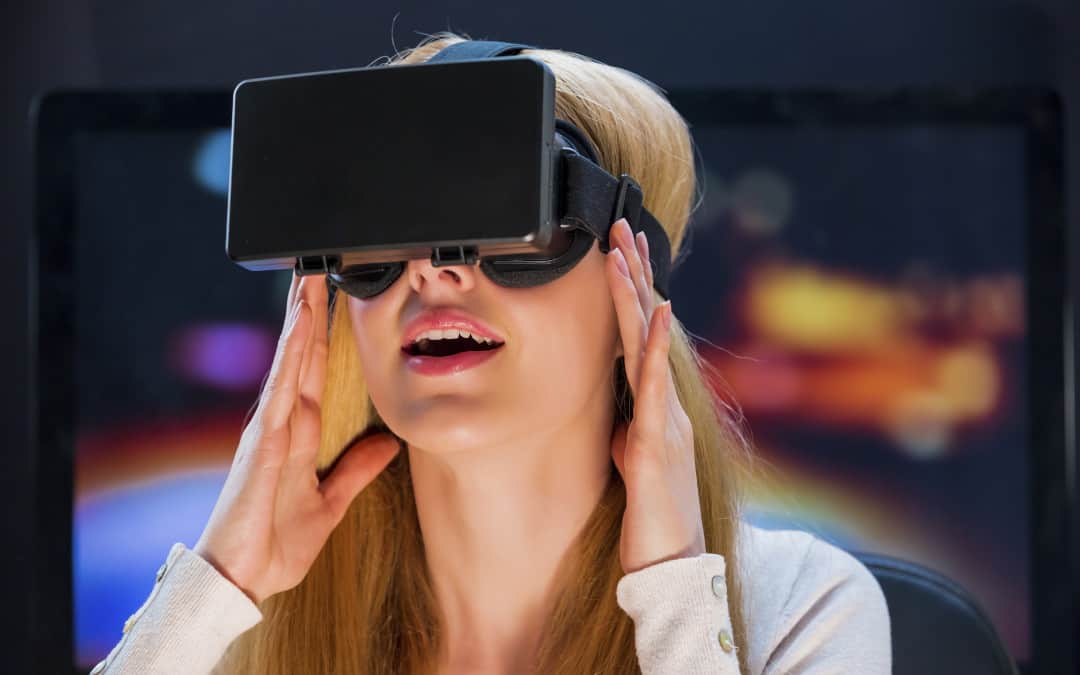Heroin use has been on the rise since 2002, doubling over the course of ten years. With this increase in heroin use comes the need for new and improved forms of treatment. While medications and traditional therapy are important in the continued fight against heroin addiction, researchers are beginning to look toward new innovations to provide alternate forms of treatment.
The Heroin Problem
Morphine is a naturally occurring opioid pain reliever derived from opium poppy plants that can be synthesized into heroin. Typically, heroin appears as either a white or black powder that can be smoked, snorted or injected.
Whatever the method of use, heroin reaches the brain quickly, creating a euphoric high. As a derivative of morphine, heroin interacts with the opioid receptors in your brain that control pleasure and pain centers, blood pressure and breathing.
As heroin is used repeatedly, the receptors in the brain grow accustomed to the steady influx. This creates a dependence that quickly develops into addiction. When the heroin is withheld, the brain reacts to the absence and sends the body into withdrawal.
Heroin addiction can be difficult to beat, but with proper medication and therapy, it’s possible to overcome. Fortunately, as technology evolves, new possibilities for treatment develop.
Innovative Therapy: Virtual Reality
At the University of Houston, the Graduate College of Social Work is developing a new form of heroin addiction treatment that involves virtual reality. Using cutting-edge technology, researchers are utilizing virtual reality to simulate situations that might trigger heroin cravings.
Two different scenarios have been created that can be considered high-risk situations for relapse. Both scenarios involve a house party, but one features snorted heroin while the other shows heroin being injected.
The room has a variety of cameras projecting 3D images that are viewed through 3D glasses, making the environment seem real. In this way, participants can simulate interacting with people and objects. Using this room, a participant would walk around the party and experience situations that could trigger cravings.
Accompanying this virtual experience is the steady hand of a trained therapist helping the participant to work through the experience and utilize the coping skills they have learned. Unlike traditional therapy, which often involves role-playing in an office, the virtual reality experience immerses the participant in craving-inducing scenarios, albeit from the safety of a clinical setting.
Does Virtual Reality Therapy Work?
The University of Houston’s virtual reality therapy is still experimental. There haven’t been many studies demonstrating effectiveness, but the possibilities are promising.
Being able to go beyond the limitations of simple imagination exercises and engage in scenarios involving temptation could be revolutionary for heroin addiction treatment. Studying the brain and body’s response to stimuli during these situations may lead to new understandings of addiction and treatment.
Therapists and clients will also be able to work together to develop better coping skills in a safe environment, hopefully leading to reduced cravings and decreased risk of relapse in the real world.
Heroin abuse and addiction aren’t going away, but with advances in technology come new treatment approaches. For those who struggle with heroin addiction, these new technologies may help them learn to lead sober lives.

No comments:
Post a Comment